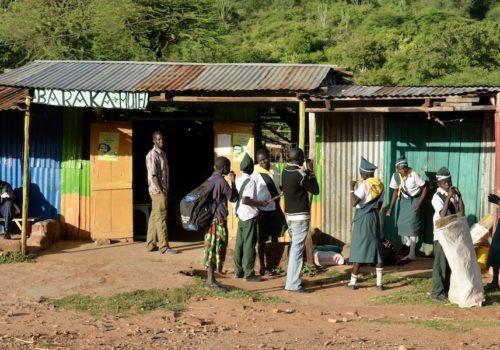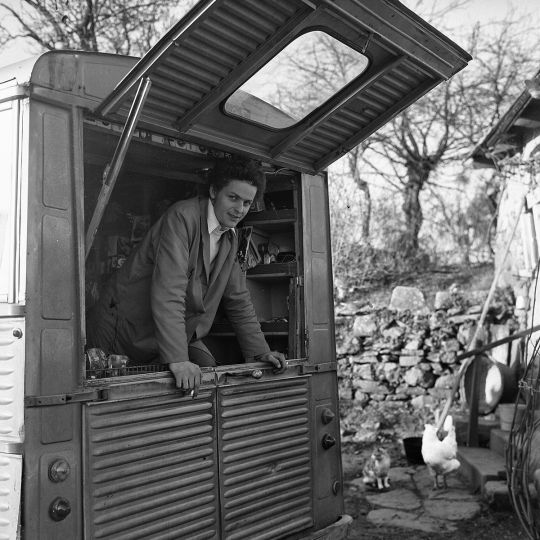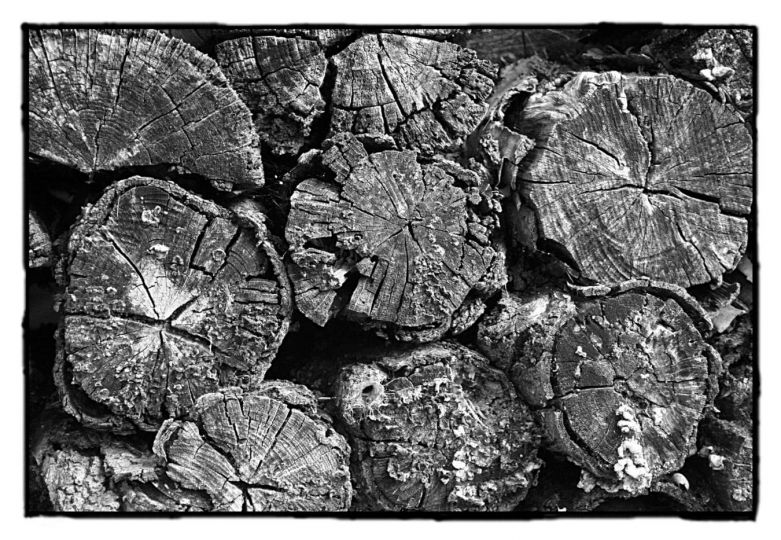Along African Roads
My wife and I have been traveling in Africa for forty years. So far, we have visited 26 countries, some of them several times. Whether traveling by public transportation or in our own car, we could spot the following images along the side of the road. They were largely identical, no matter which country we were traveling in, whether it was Mali in 1982 or South Sudan in 2022.
All photos shown here were taken from the same perspective, showing the rural roadsides. They have the same 9:4-format to draw the viewer’s eye to what is happening there. They are colorful, he sun is shining with all its might, and there is usually a bustle of activity. We see stores, restaurants, street vendors, markets, corrugated iron shacks and litter. Typical Africa. This makes the pictures look similar, as if they were taken in the same place and at the same time. At first glance, they look nice and ordinary. But they were taken in eight different African countries over more than 20 years. This makes them tragic at a second glance.
In contrast to our seven trips to China, where we each time had the impression that the streetscape had changed tremendously within two years, in Africa everything seemed to stand still, as for example on our three visits to Chad. In Sudan, we even noticed a regression. Paul Theroux, in his travelogue Dark Star Safari, comes to virtually the same conclusion when he returns to Uganda, Tanzania and Malawi after forty years: “The strong impression I had was not that the places I knew were worse off but that they had not changed at all. … Nothing was new except that there were many more people, grubbier buildings, more litter, fewer trees, more poachers, less game.” (p. 258) … and more cell phones, we would add.
We are not talking about African cities, which with very a few exceptions, such as Asmara, are becoming increasingly chaotic, run-down, dirty and slummy, but about rural areas. We are fond of Africa, otherwise we would not travel there again and again. However, this does not mean we romanticize the situation and are happy when we find more or less the same picture on our next trip as we did on the last. The fact that time stands still may be interesting for us travelers, but what does it mean for the people in Africa? An encounter with a not-so-young man in the east of the former Zaire made us very thoughtful:
We were traveling with him and a dozen other people on a truck loaded with stinking and prickly stockfish. There was no other public transportation. The roads were in such a desolate condition that it took the truck a day and a half to cover 50 miles. After a short “night’s rest” in the ditch, he said to us “For you, this may be an adventure because you are lucky enough to leave all this behind at the end of your vacation. For me, however, this is daily life. I am sentenced to life in Zaire simply because I will never have enough money to leave this country.”
As Western travelers, we are allowed to observe and photograph daily life in Africa, but we are not allowed to pass judgment on what the reasons are for the lack of change in daily life along Africa’s roads. At best, we may ask questions that others have asked. Is it due to the mentality of the African people and their traditions, their social structures, their historical past or due to the climatic, economic and political conditions characterized by autocratic leaders, clan thinking and corruption, or does development aid, which has been proliferating since decolonization, prevent African people from taking responsibility for their own future?
In his book The Road to Hell – The Ravaging Effects of Foreign Aid and International Charity Michael Maren states: “Like most people in the United States and Western Europe, I’ve heard the pleas of aid organizations and boasts of their accomplishments in the Third World, but the Africa I know today is in much worse shape than it was when I first arrived.” (p. 11) On the other hand in The Shadow of the Sun the Polish journalist Ryszard Kapuscinski asks himself: “I worry about whether African societies will be able to assume a self-critical stance, and much depends on this.” There are certainly different aspects that need to be considered. Alas, there is no simple answer to all these questions. And yet, the situation in Africa moves us. Turning away cannot be the solution.
Holger Hoffmann
















